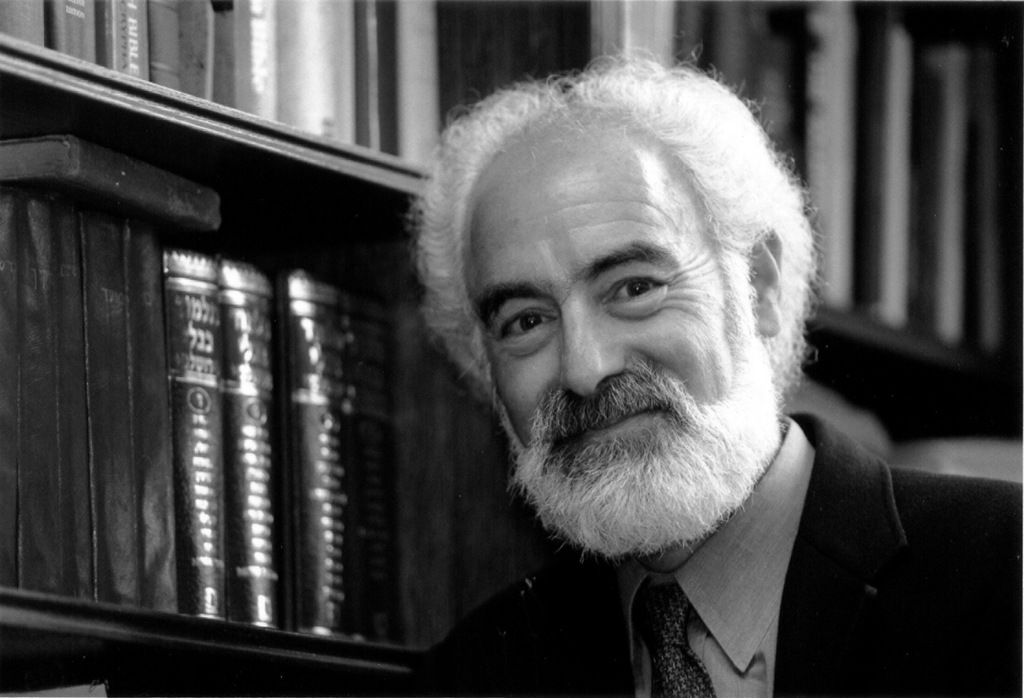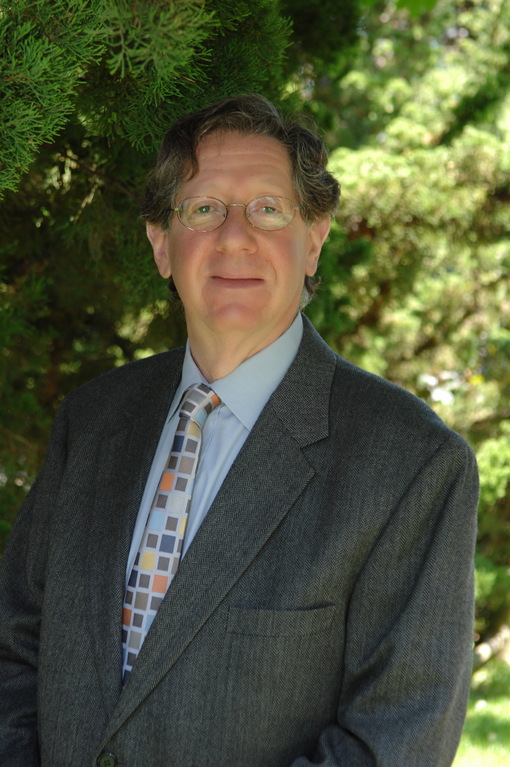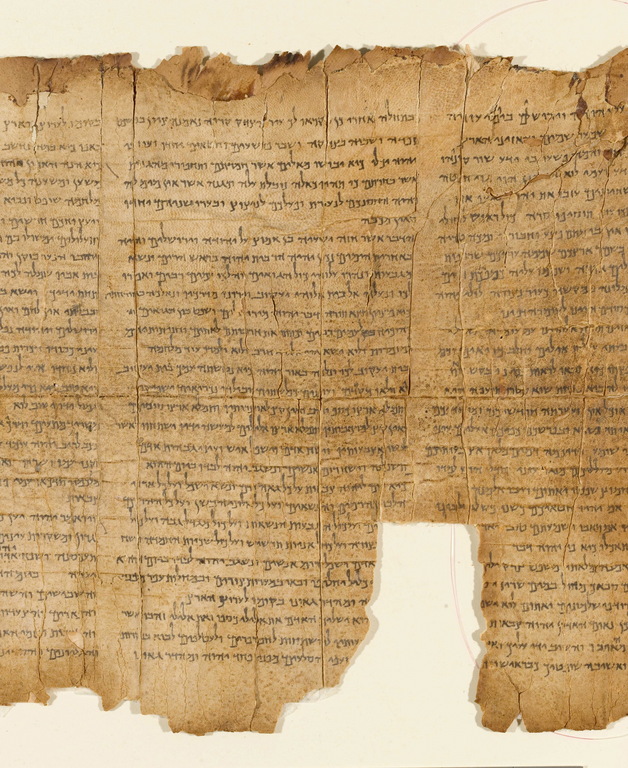The Kosher Bookworm
The Haftarot of our lives
A review of how our Haftarot are treated, by Dr. Michael Fishbane
Reviewed by Alan Jay GerberIssue of August 29, 2008
A few weeks ago The New York Times featured a new exhibit at The Israel Museum in Jerusalem of the Great Isaiah Scroll from their famed Dead Sea Scroll collection. This is the first time in over forty years that this scroll, in its original incarnation, is being placed on public display. Until now only a copy was available to be viewed by the public at the museum’s famed Shrine of the Book, together with related artifacts, and k’lai kodesh.
This event served to remind me of an incident in 2005 during my visit to the Israel Museum and the Dead Sea Scroll exhibit. My bar-mitzvah haftarah reading is from the Book of Isaiah (Parshat Eikev) and I was able to find and read this selection, word for word, from the exhibit display. This inspiring experience was made all the more memorable because of my realization that the document that I was reading from was a copy of a 2100 year old scroll. Each word was there on the klaf, just as in the printed Chumash. Amazing.
This experience prompted me to search out several members of the museum staff. I brought to their attention that the Book of Isaiah is represented in fourteen weekly parashot during the Jewish calendar’s yearly cycle, as well as on Rosh Chodesh, Yom Kippur, the eighth day of Passover, Tisha B’Av and all fast days, as well as the one read by some on Yom Ha’atzmaut (the same one read on the eighth day of Pesach).
Accordingly, I proposed that the museum reprint each one of these haftarot, based on the Dead Sea version, together with a booklet detailing each one’s significance as well as the importance of the Dead Sea Scroll project.
I soon realized, to my utter astonishment, that these people did not have a clue as to what a haftarah was. To my amazement, one staffer thought that I was asking to see a copy of a half Torah scroll! The others seemed to be in a similar frame of mind. Sensing that I was to get nowhere at that time I let the matter rest and proceeded on to other things.
The Times piece re-ignited my interest in that proposal, especially since this is the time of year when the bulk of Isaiah-based haftarot are being read.
So, I am hereby reprising my initial proposal that The Israel Museum seriously consider issuing an Isaiah Scroll Bnai Mitzvah Haftarot Series as part of their much-acclaimed series of publications, as featured in their bookshop, and online. It is my humble opinion that this series would further serve to enhance our youth, bnai mitzvah and even adult connection with our faith and land in a way that is both tangible and emotional to both celebrants and their families.
In addition, to further the educational purpose of this project may I further suggest the following: As the basis to a booklet that would accompany these miniature scrolls the museum should consider utilizing what I consider the finest and most comprehensive haftarah commentary available today, namely, The Jewish Publication Society’s Haftarot Commentary by Dr. Michael Fishbane. This volume, a part of the society’s ongoing commentary series on the Tanach, has been acclaimed by scholars from all denominations as the best, most comprehensive, and most readable of all commentaries to date. In this I most heartily agree.
Dr. Michael Fishbane is one of the foremost scholars of Tanach in the world today. He is currently a professor of Jewish Studies and chair of the Committee of Jewish Studies at the University of Chicago. He earned his doctorate at Brandeis and trained in Semitic languages, biblical studies, and Judaica. His writing spans the fields of rabbinics, the history of Jewish interpretation, mysticism, as well as modern Jewish thought. His writings reflect his scholarship in these fields and his commentary on the haftarot is very much enhanced by this.
Currently, Dr. Fishbane is engaged in the writing of a multi-level comprehensive commentary on Shir Hashirim, as well as his own chidushim on Jewish thought and Hashkafa.
Unique and very special to this haftarah commentary is the comprehensive and detailed biographies of all the nevi’im represented in our haftarot. This section alone is more than worthy of the reader’s attention. Fishbane utilized these biographies as a valuable learning tool that will further enhance the readers’ appreciation of the prophets’ messages as contained in the haftarah texts.
Also, most appreciated by this writer are the numerous indexes and footnotes for each section and the cross referencing that help enhance the scholastic value of this sefer.
For too long the haftarot of our liturgical tradition were given short shrift. In other words, they were ignored as a specialized study. Valiant attempts were made by Rabbi Samsom R. Hirsch, and especially Mendel Hirsch in 1896, Rabbi Issachar Jacobson in 1959, all of blessed memory, and Rabbi Chaim Miller and Stephen G. Rosenberg, a great-great grandson of Rabbi Hirsch, to remedy this lack. However, Dr. Fishbane’s work, by far, trumps them all.
I do hope that The Israel Museum takes to heart my suggestions as presented here and, further, to utilize Dr. Fishbane’s scholarship in their efforts at educating future generations as to our religious faith, and the truth that are to be found in our holy works.
To the Jewish Publications Society, who are now celebrating their 120th year of service to the American Jewish community, a special and personal mazal tov from The Kosher Bookworm.

 49.0°,
Fair
49.0°,
Fair 









